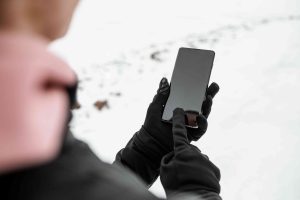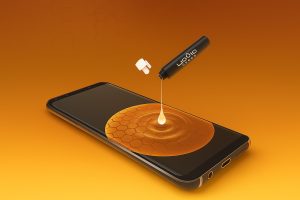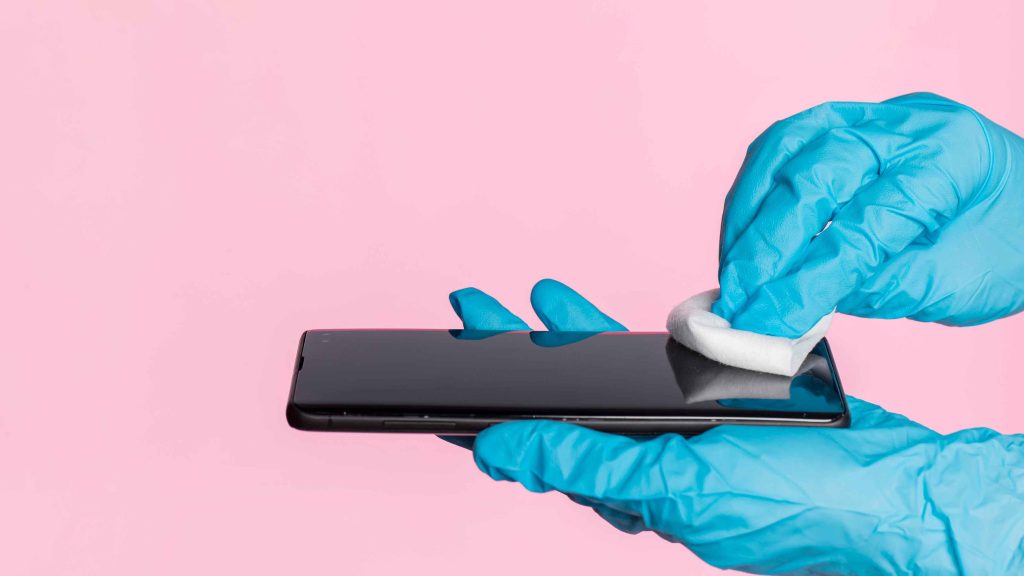Liquid Glass Coating is a cutting-edge, nanotechnology-based surface protection solution that creates an ultra-thin, invisible layer of glass (made from silicon dioxide or SiO₂) over a surface. It’s widely used across industries—from automotive and electronics to textiles and even medical devices—for its impressive protective properties.
What Is Liquid Glass Coating?

Liquid glass coating is a clear, flexible coating applied in liquid form and then allowed to cure. It forms a molecular-level bond with the surface and dries into a transparent, breathable layer that protects against:
- Scratches and abrasions
- Water and oil (hydrophobic and oleophobic)
- Dirt, dust, and fingerprints
- Corrosion and chemical damage
- UV rays and microbial growth (in some variants)
Key Features
- Nanoscopic thickness (often 100 nanometers or less)
- Non-toxic and food-safe options
- Environmentally friendly and biodegradable versions
- Applicable on nearly any material: glass, metal, plastic, wood, fabric, and even skin
Popular Uses
- Automotive: Protects car paint, windshields, and interiors from grime and UV rays.
- Smartphones and electronics: Guards screens against scratches and smudges.
- Textiles: Makes clothes, shoes, and upholstery stain-resistant.
- Home surfaces: Repels grease and makes cleaning tiles, countertops, and glass easier.
- Medical tools: Some coatings have antimicrobial properties and help maintain sterility.
Pros and Cons

| Pros | Cons |
| Invisible and doesn’t alter look | May wear off over time (reapplication needed) |
| Non-toxic and eco-friendly options | Premium-grade versions can be expensive |
| Reduces need for harsh cleaning | Improper application can reduce efficacy |
| Extremely thin yet durable | Not ideal for every surface (test first) |
But before you jump in, here are 20 essential considerations you must understand to get the best results.
20 Things You Must Know Before Applying Liquid Glass Coating
Is the surface clean and dry before application?
Surface Preparation is critical. Any dirt, oil, or moisture can affect adhesion and reduce the coating’s effectiveness. Use a lint-free cloth and, if necessary, an alcohol-based cleaner to prep the area thoroughly.
Is the application area well-ventilated?
Choose a well-ventilated space for application. Some coatings release mild fumes during application or curing, and proper airflow prevents inhalation and speeds up drying.
What protective gear should be worn?
Use gloves and safety glasses to avoid skin or eye contact with the liquid. While many formulas are non-toxic, it’s always better to play safe—especially during prolonged use.
Are the manufacturer’s instructions being followed?
Every liquid glass coating brand has its own formulation. Always follow the product-specific guidelines regarding surface prep, application method, and drying time. Ignoring them may void warranties or reduce effectiveness.
Should I test the coating on a small area first?
Yes, always perform a patch test in an inconspicuous area to check for material compatibility, aesthetic finish, and ease of application.
How long does it take for the coating to cure?
Curing time can vary. Some coatings dry to the touch in minutes but require 12–24 hours to fully cure. Avoid touching or using the coated surface during this period.
Is the temperature within the recommended range for application?
Most coatings should be applied in temperatures between 15°C and 30°C (59°F to 86°F). Too hot or too cold can affect bonding and drying.
How thick should each layer of coating be?
Always apply in thin, even layers of liquid glass coating. Thicker coats may result in bubbling, streaks, or poor adhesion. Use a microfiber cloth or applicator sponge for best results
What happens if I apply too much liquid glass coating?
Over-application of liquid glass coating can cause uneven drying, haze, or visible streaks. It also wastes product and may require buffing or even reapplication to fix the surface.
Should I clean the tools immediately after use?
Yes, clean any sponges, brushes, or cloths with the recommended solvent or warm water (if applicable) immediately after use to prevent hardening and reuse issues.
How should the coating be stored?
Keep liquid glass coating in a cool, dry place, away from direct sunlight and moisture. Reseal containers tightly to avoid contamination or drying out.
Is the coating compatible with the surface I’m applying it to?
Check the label for material compatibility—some liquid glass coatings aren’t suitable for soft plastics, rubber, or painted surfaces. Always confirm before applying.
What is the expected durability and lifespan of the liquid glass coating?
Most coatings last between 6 months to 2 years, depending on surface exposure and quality of application. Reapplication may be needed for high-traffic areas.
When and how should I reapply the liquid glass coating?
Reapply once water no longer beads or the surface loses its slick feel. Clean and prep the surface again before reapplication to ensure proper bonding.
Is the liquid glass coating completely scratch-proof?
While it adds a layer of scratch resistance, no coating makes a surface completely immune to damage. Think of it more as a preventive layer, not armor.
How resistant is the coating to chemicals?
Many liquid glass coatings are chemical-resistant to mild acids, oils, and cleaning products. However, harsh industrial chemicals can degrade them—check product specs.
What type of finish does the coating provide (glossy or matte)?
Finishes vary. Some coatings deliver a high-gloss shine, ideal for cars or glass. Others offer a matte finish for more subtle applications like electronics or textiles.
How does the cost of this liquid glass coating compare to others?
Prices range widely—from $15 for small DIY kits to hundreds for professional-grade products. Compare based on durability, ease of application, and surface compatibility.
Should I consider professional liquid glass coating application for large or complex surfaces?
If you’re coating a vehicle, large countertop, or floor, a professional application may ensure even coverage, proper curing, and long-lasting results—worth the investment.
Are there any environmental considerations or disposal guidelines I should be aware of about liquid glass coating?
Many liquid glass coatings are eco-friendly and biodegradable, but always check the product label. Dispose of unused material and applicators according to local waste regulations.



